
Media Release: Christy Clark Grove
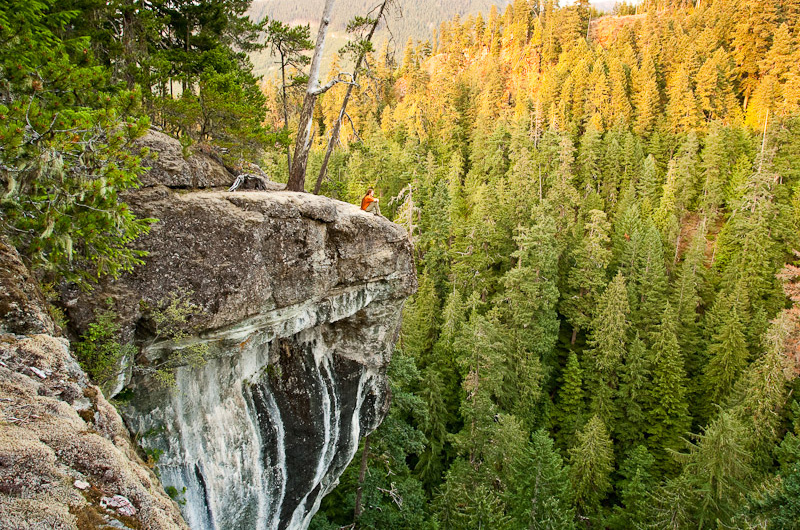
Environmentalists Call for a BC Park Acquisition Fund and for Island Timberlands to Back Off until Contentious Lands can be Purchased for Protection
Conservationists are standing in solidarity today calling on coastal logging giant Island Timberlands to back off from their plans to log forests with high recreational and environmental values, including old-growth forests and sensitive ecosystems, while calling on the BC government to help purchase the company’s contentious private lands.
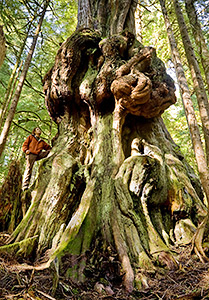
Protection of Avatar Grove will boost tourism
On Feb. 16, Steve Thomson, Minister for the Ministry of Forests, Lands and Natural Resource Operations, announced that all of Avatar Grove is now protected from harvesting.
AFA supports Avatar Grove’s protection, calls for provincial old-growth plan
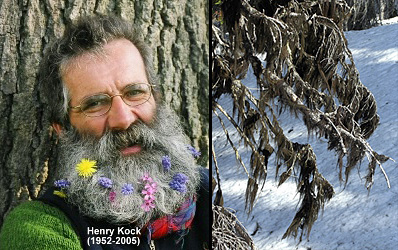
Media Release: “New Species Conservation Auction” closes with renowned BC artist Anne Hansen Winning Bid
Hansen won the naming rights to a newly discovered species of lichen from BC’s inland rainforest, which she plans to name in honour of her late husband. Proceeds from the auction will go to the Ancient Forest Alliance, a new non-profit organization working to protect BC’s old-growth forests and forestry jobs.

“New Species Conservation Auction” – Unique Conservation Fundraiser to help counter the Biodiversity Crisis, closes this Thursday
A public auction for the naming rights to a recently discovered species of lichen in British Columbia’s temperate rainforest will close at 3 pm EST on Thursday, December 15. The new species was discovered by botanical researcher Trevor Goward, the curator of lichens at the Beaty Biodiversity Museum at the University of British Columbia. Funds from the highest bidder will benefit the Ancient Forest Alliance!
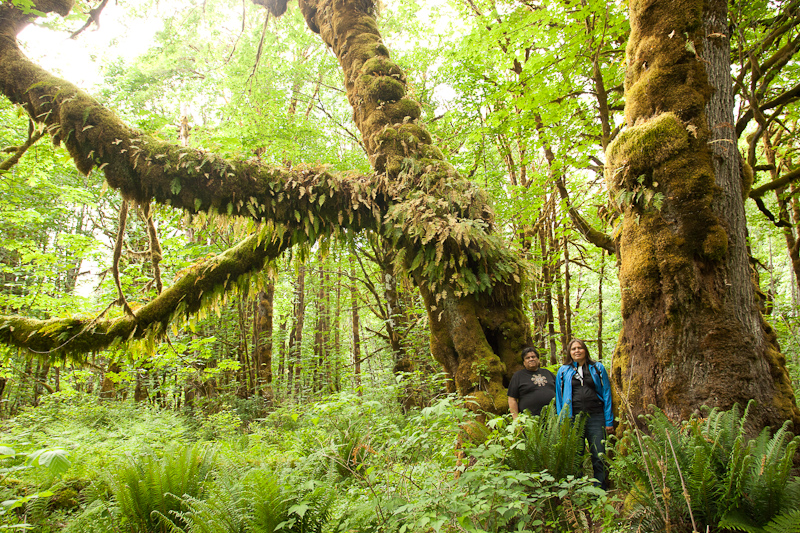
Media Release: Canada’s Mossiest Rainforest
Unlike other spotlighted old-growth forests in British Columbia that have all been “coniferous” or needle-leaf trees (fir, cedar, spruce, etc.), this is an old-growth “deciduous” or broad-leaf forest. The “Mossy Maple Rainforest” is found near Cowichan Lake on southern Vancouver Island in Hul’qumi’num First Nations territory.

Old-Growth Logging of Forest Lands Formerly Intended for Protection on Vancouver Island Threatens Deer Winter Range and Endangered Goshawk Habitat
Conservationists are calling on the BC government to protect a 500 hectare tract of old-growth forest near Port Alberni that biologists have classified as both critical habitat for wintering deer and nesting endangered Queen Charlotte goshawks. Conservationists would like the BC government to purchase the forest on private land on McLaughlin Ridge from Island Timberlands.
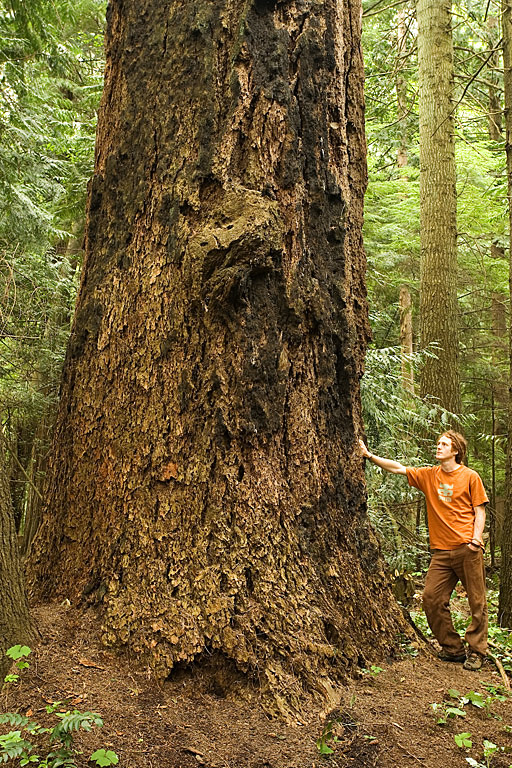
Conservationists call for the Protection of Endangered Ecosystems on Department of National Defence (DND) Lands
Ancient Forest Alliance worries about potential sell-off of unused DND lands for real estate development and calls for federal government to let Canadian Wildlife Service, Parks Canada, the provinces, regional districts, and First Nations protect unused DND lands.

Ancient Forest Alliance wins Benefit Brew competition of Phillips Beer
The Ancient Forest Alliance is the winner of an online voting competition to become the recipient of a new benefit microbrew beer made by local Victoria company, Phillips Beer. �Ancient Brown Ale� will be the new microbrew beer to be released next month into select private liquor stores, with full sales proceeds going to the Ancient Forest Alliance.
